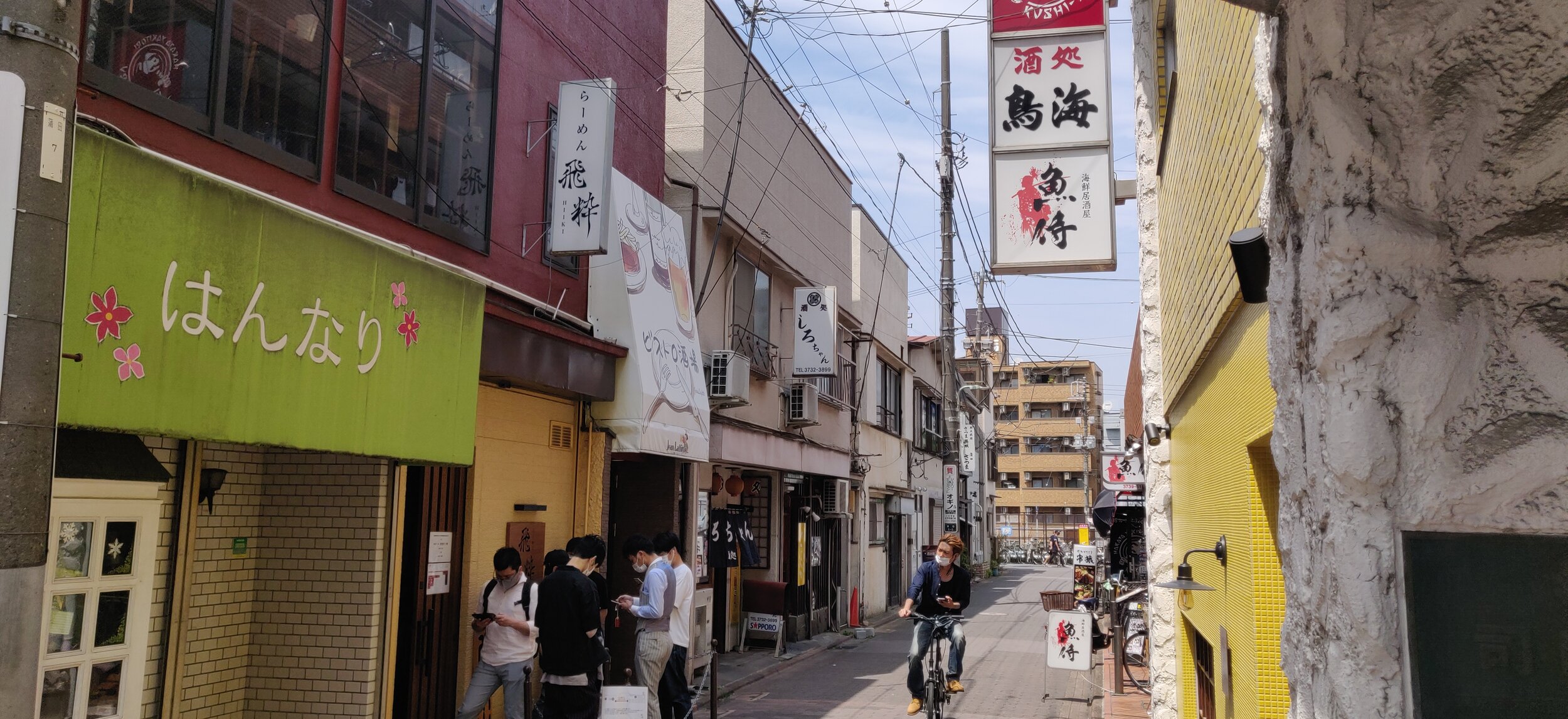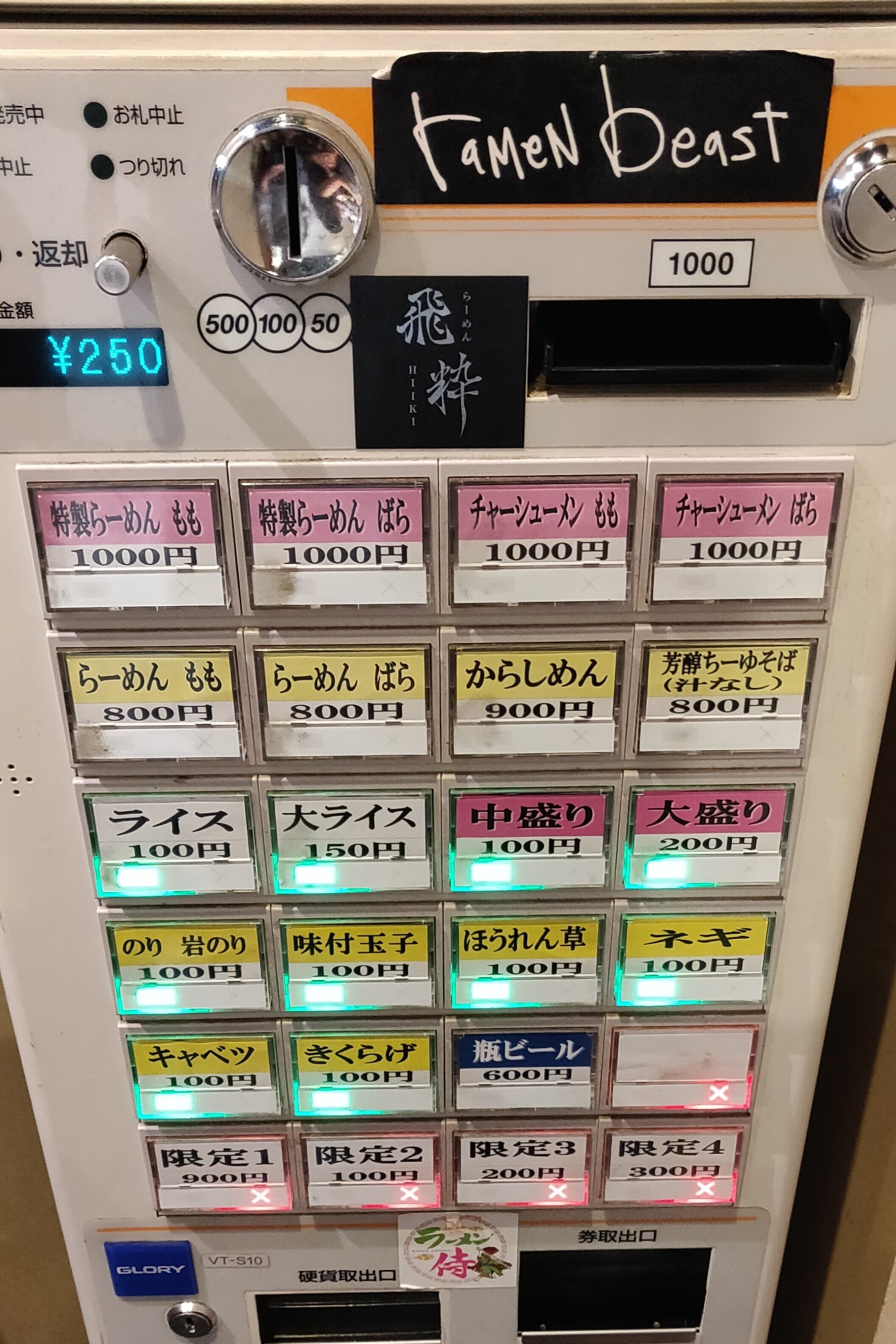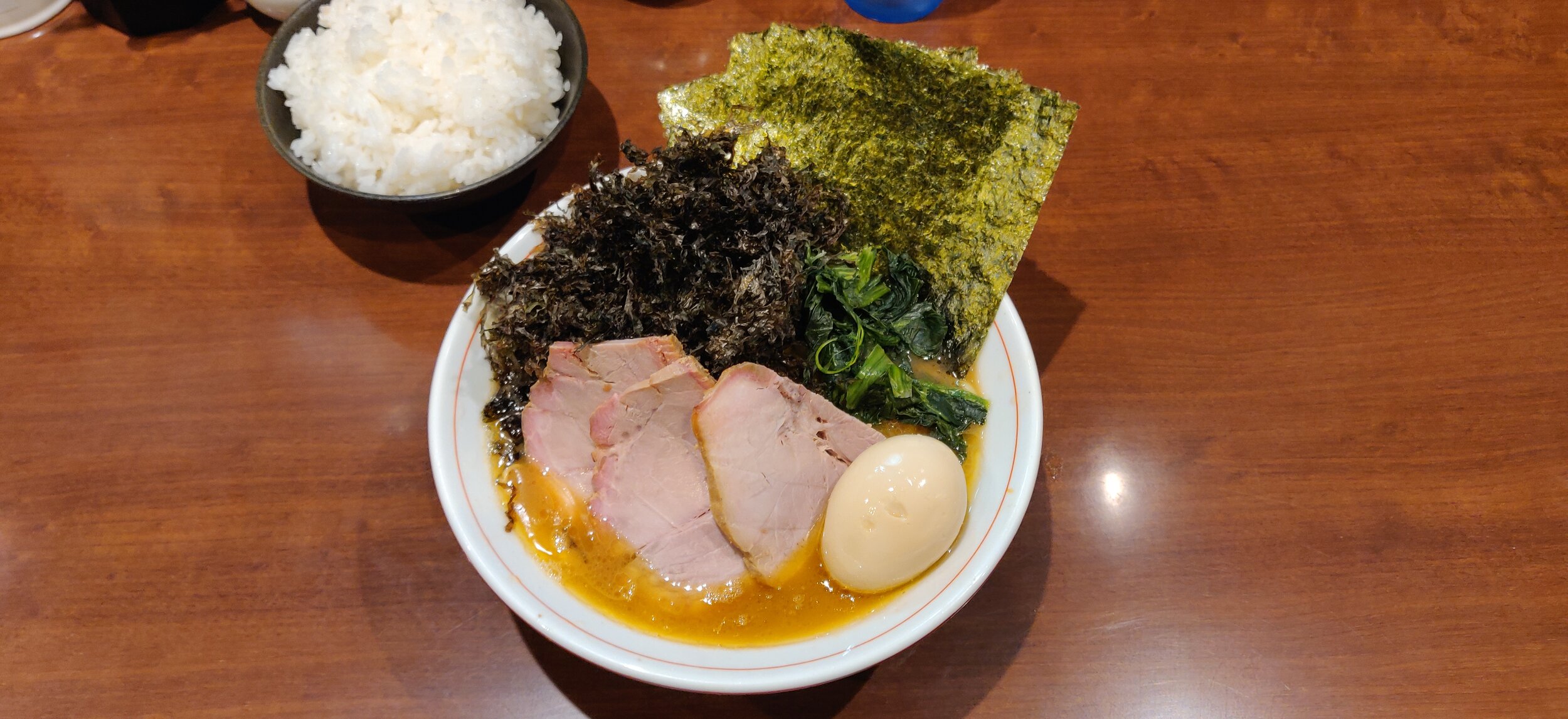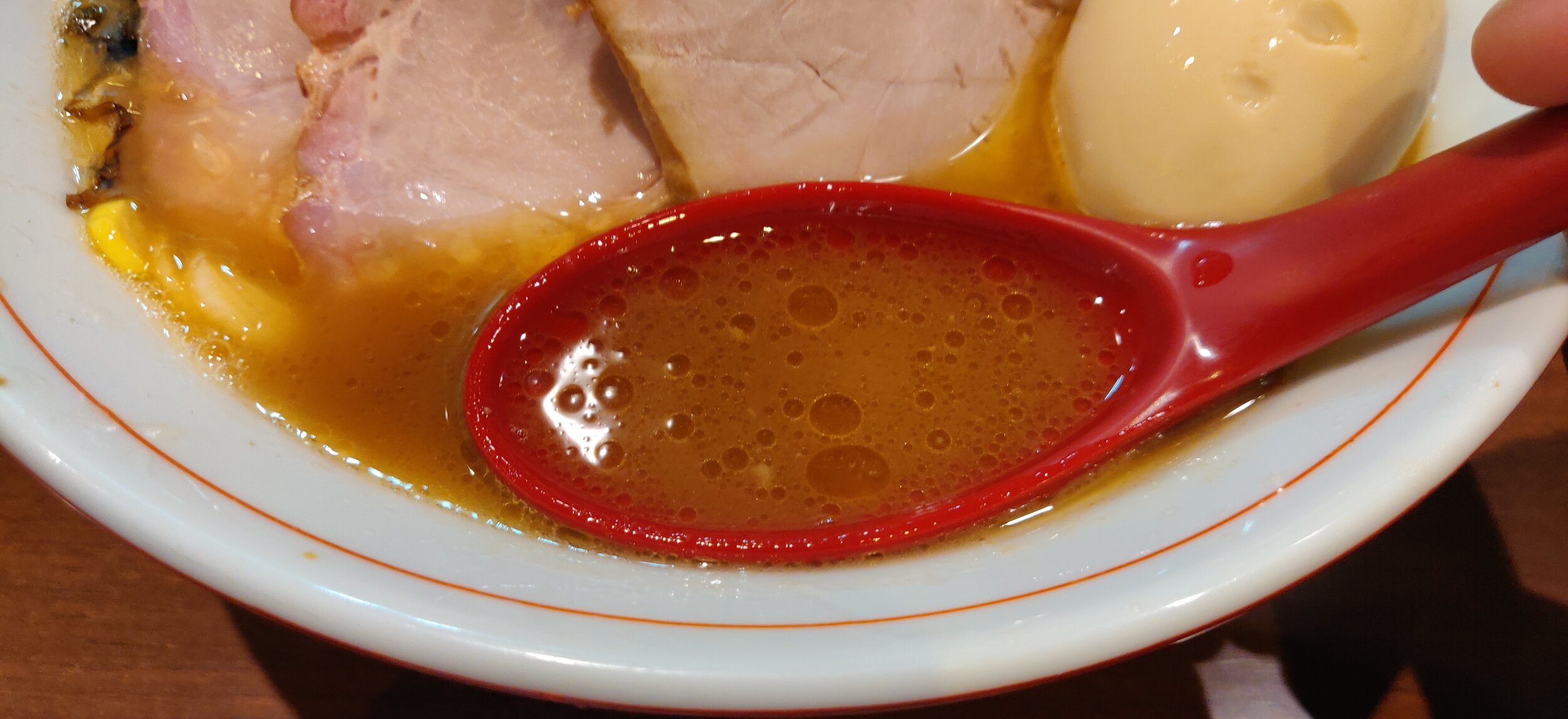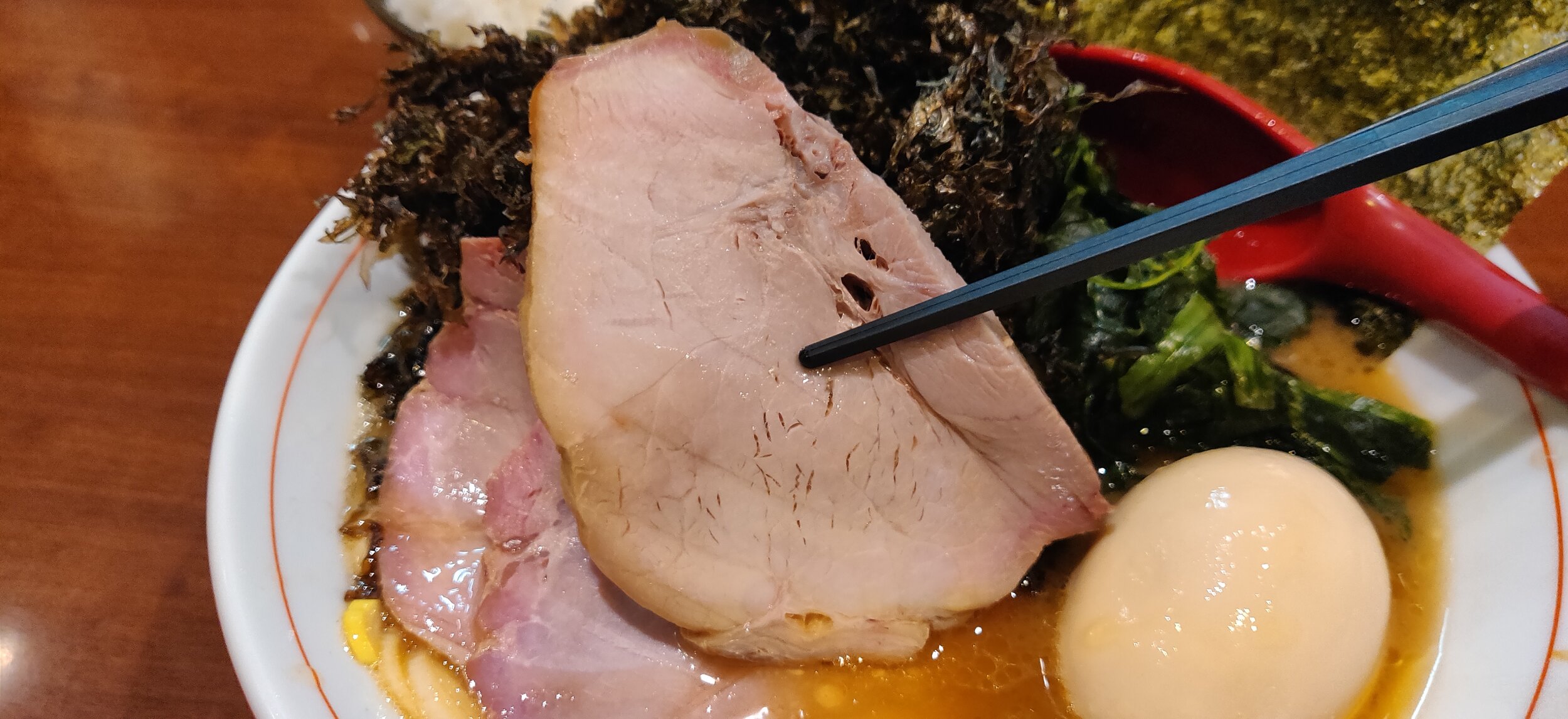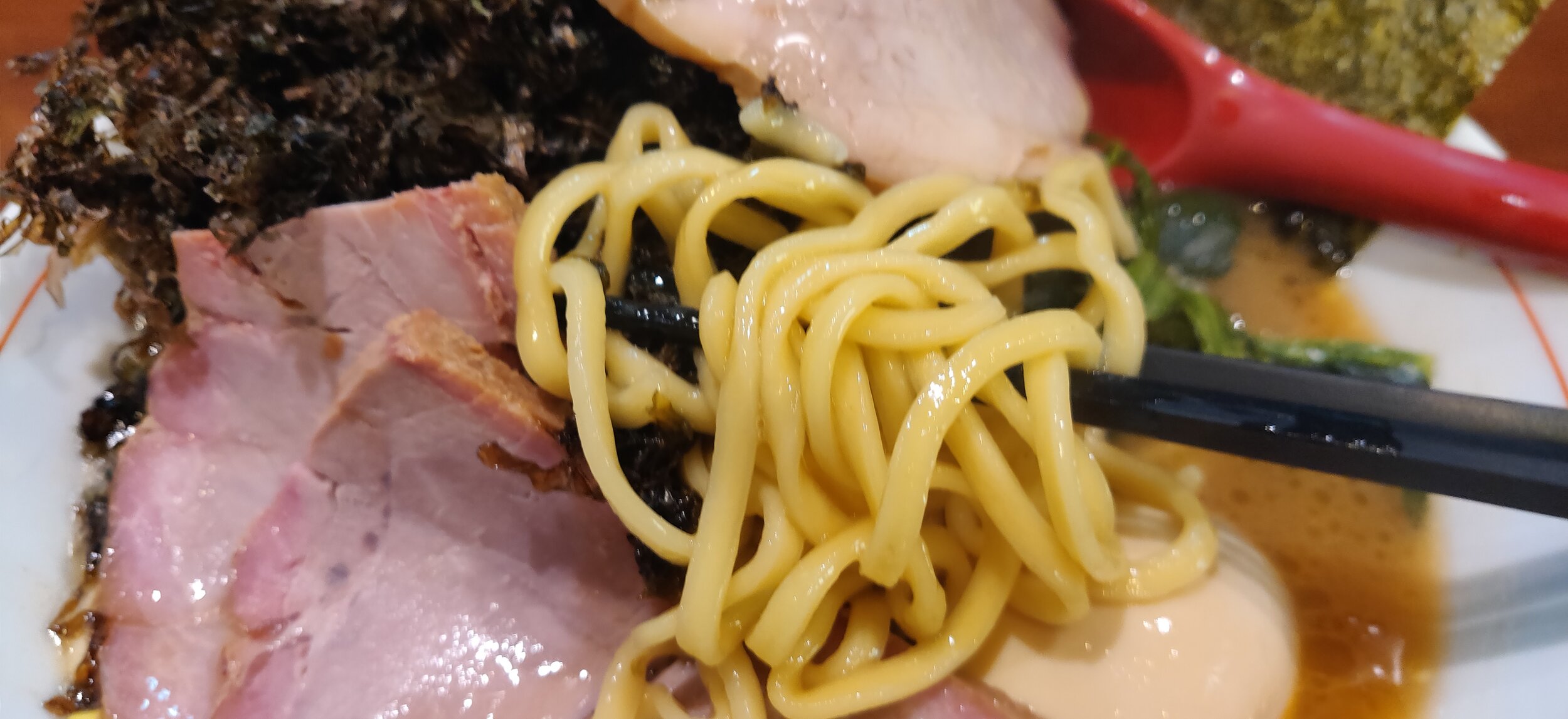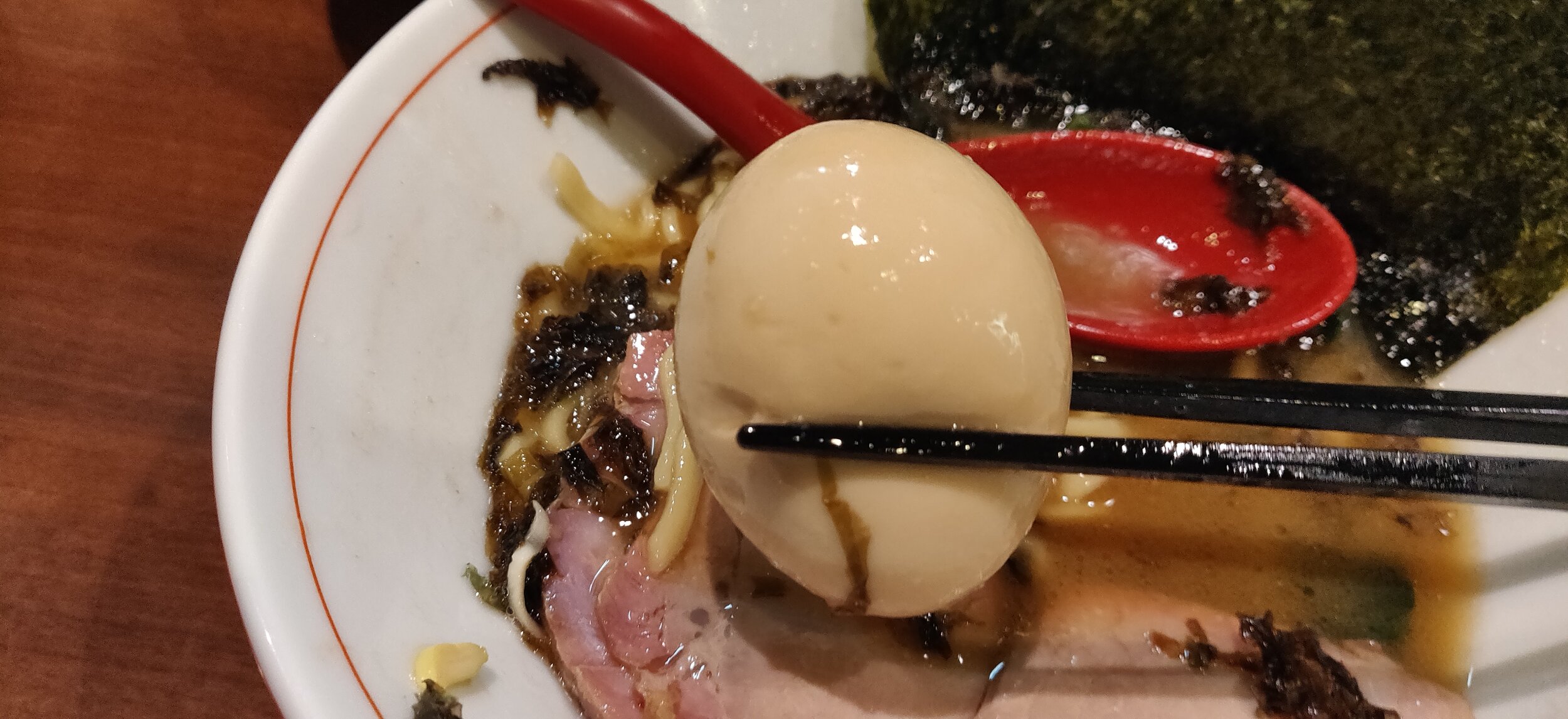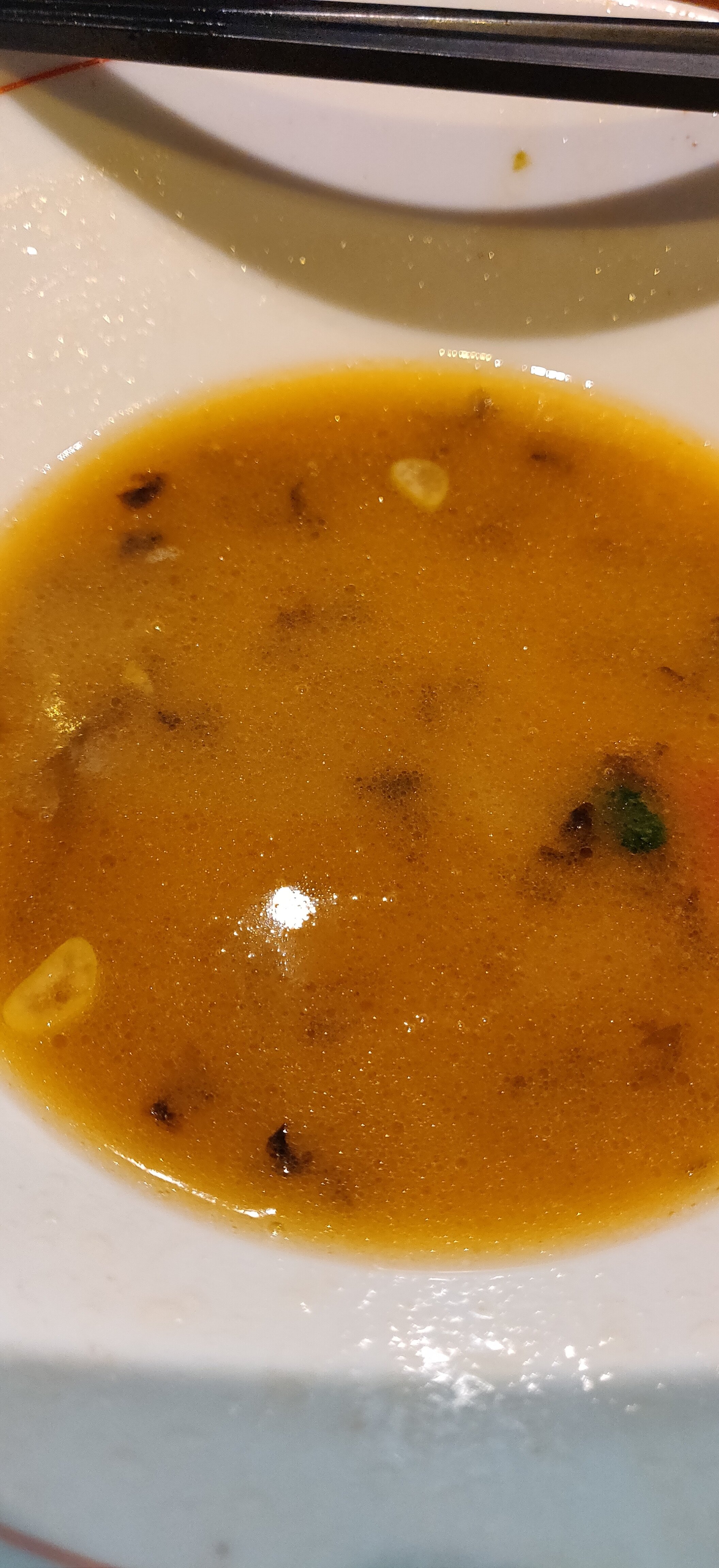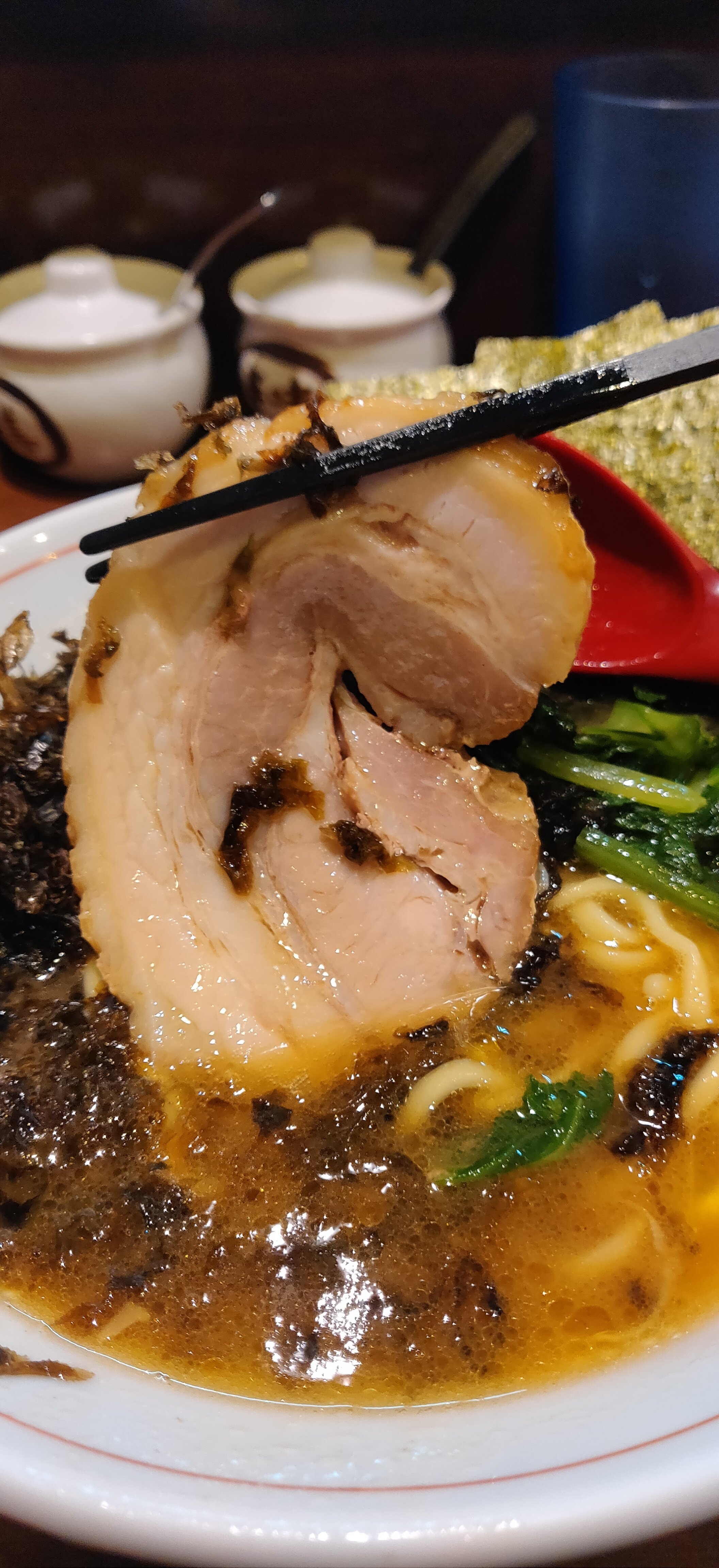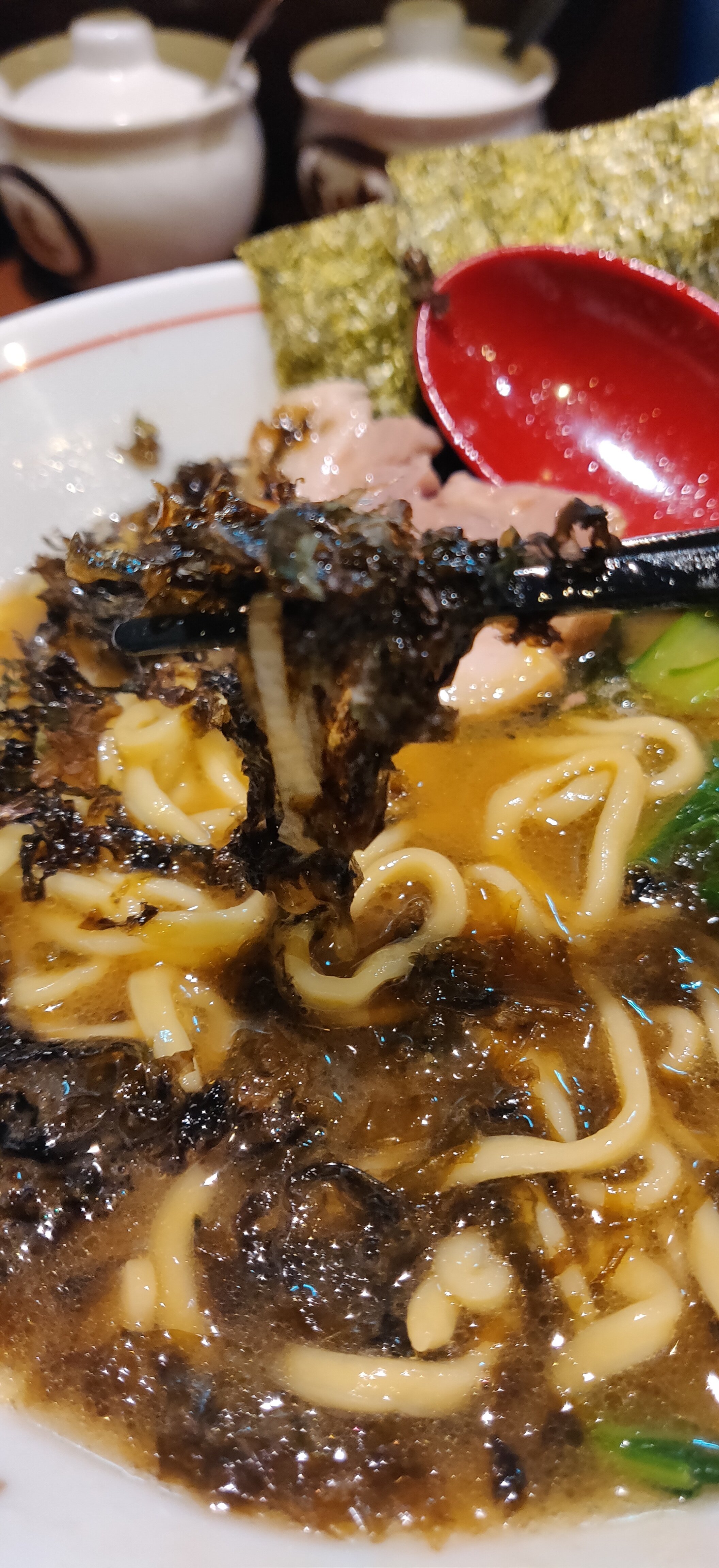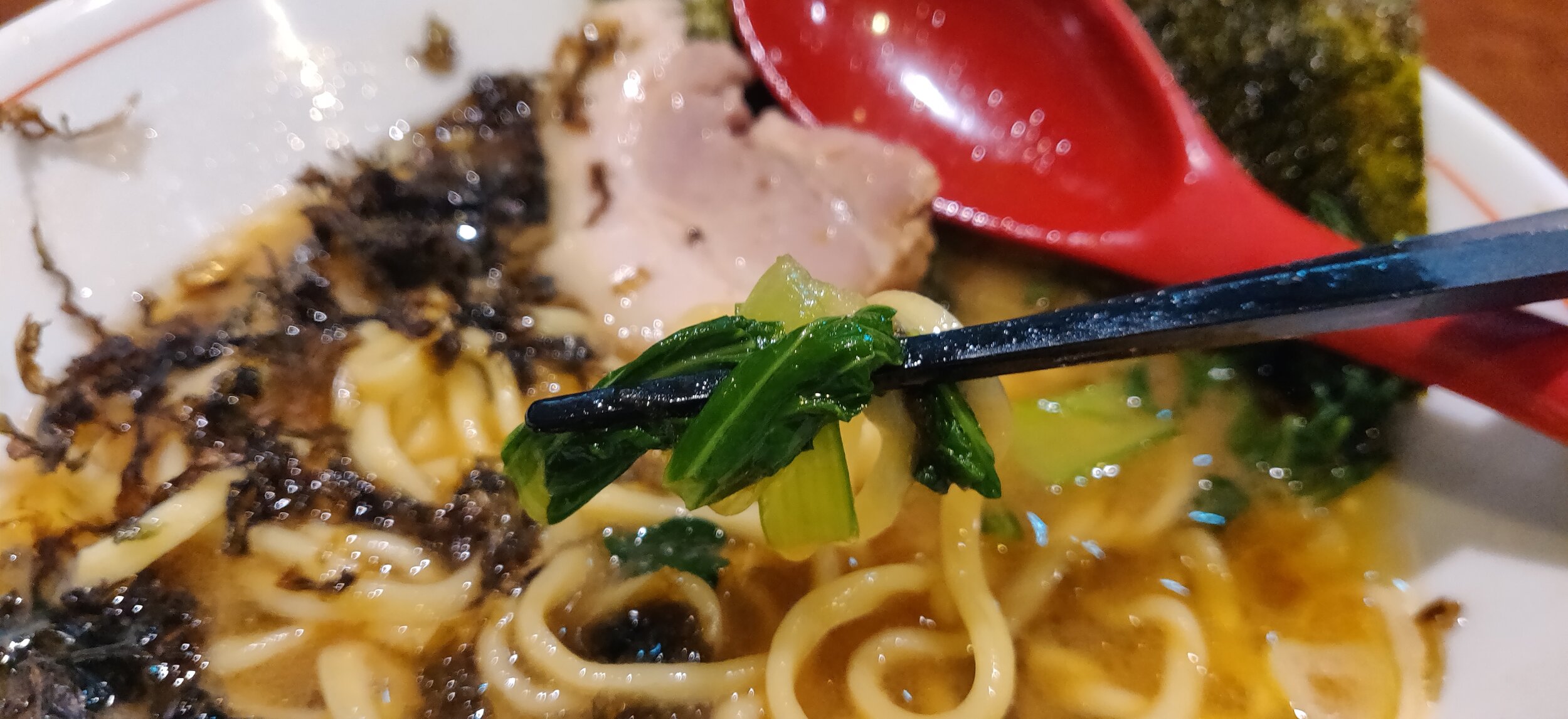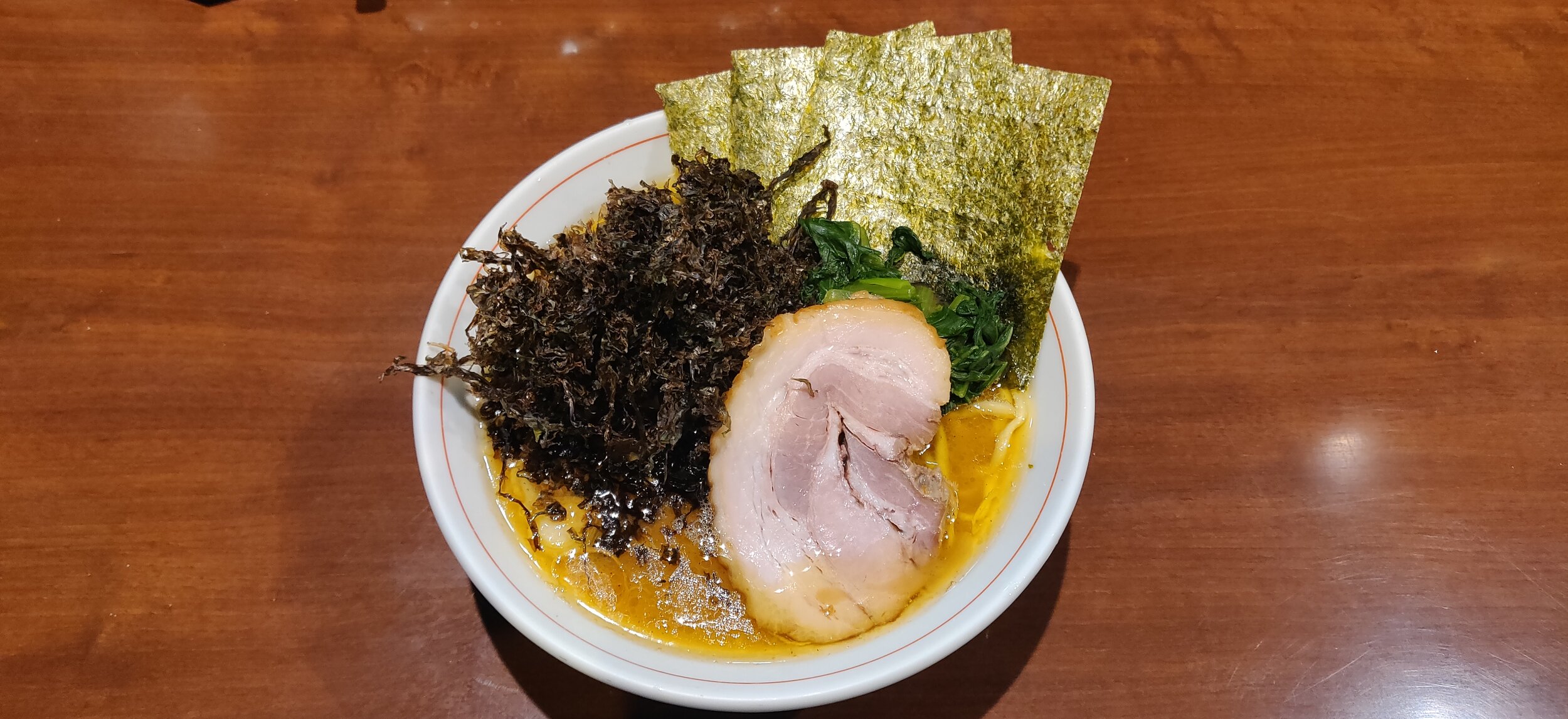Ramen Hiiki (らーめん飛粋); The BEST Iekei Ramen in Tokyo, Kamata, Tokyo
A distinctly Kanagawa ramen, Iekei is a style you don’t typically see flourishing as an independent shop and especially unlikely to see them succeed in Tokyo, a prefecture known for a more refined ramen palette. Most Iekei ramen shops follow a distinct lineage with it’s roots in Yoshimura-ya, the founder of Iekei ramen located in Yokohama. The shops which follow this lineage typically include the -ya moniker at the end of their name and have a distinct flavor profile and noodle manufacturer that ties them together. These shops also get the benefit of being “protected” as the shops under the Noren-wake, or disciple umbrella, help each other succeed with recipe help or even at time sending support staff. Some shops have since branched out from under the Yoshimura-ya name, but only after gaining the notoriety, prestige, and most importantly the Iekei ramen know how of running such a shop. Hiiki is none of these things. Master of the shop was an Iekei ramen fan and took over this space after the previous shop owner (which also happened to be Iekei) closed down. With a vacant shop primed for Iekei, the master remodeled and opened in Februrary of 2018 as Ramen Hiiki, serving up the bowls of Iekei he grew up eating. Since his opening, Hiiki has won numerous awards and has been a consistent feature on the Tabelog Top 100 Tokyo list. In the minds of most ramen enthusiasts, Hiiki is the best Iekei shop in Tokyo and some even rank it as one of the best in the country. Located a short walk from Kamata station, Hiiki is a must go for any Iekei ramen lovers.
Hiiki is open Monday to Friday from 11:00-16:00 for lunch and 17:00-20:00 for dinner, taking an hour break in between service. Saturdays and public holidays are lunch time only and is open from 11:00-15:00. The lines do get a bit long here so plan accordingly. They sometimes will close if they run out of soup so best to come early in service than later on. Menu is quite simple, but unfortunately is all in Japanese so I will translate here. Starting with the top row on the far left is the Tokusei Ramen with pork loin chashu (Tokusei meaning extra toppings), next is the Tokusei Ramen with pork belly chashu, then Chashumen with pork loin (extra chashu, no extra toppings), and finally Chashumen with pork belly chashu. Second row is regular Ramen with pork loin, regular Ramen with pork belly, Karashimen (spicy ramen), and a Shirunashi soba (no soup). Third row is rice, large rice, extra noodles, and large extra noodles. Fourth row are toppings starting with seaweed which you can choose between dry sheets and Iwanori, Ajitama soft boiled egg, spinach, and Negi Japanese green onions. Next row is blanched cabbage, kikurage woodear mushrooms, and beer. Last row are specials which they don’t typically serve unless noted on the machine. My order for the day was the Tokusei Ramen with pork loin, but because I love Hiiki so much, I do have a ramen with the pork belly to give my review on both. My recommended order is Tokusei Ramen with the pork loin with a side of rice and extra seaweed. Also, with Iekei shops, you can choose how rich the soup is, how much chiyu chicken oil, and how cooked your noodles are. I typically go Koi-me, Oo-me, and Katame for extra rich, extra oily, and al dente noodles. If you want to learn more about the ordering and the history of Iekei, be sure to check out my guide book here.
So my order for the day was the Tokusei Ramen with pork loin and let me tell you, the hype of this shop is for real. For long time followers of my blog, you know that I’ve had my fair share of Iekei ramen. I’ve eaten at almost all of the heavy hitters and this is right up there with the best of them. Soup is a tad different than other Iekei shops in that it is a bit creamier and the flavors are much more refined. The appeal with Iekei is the oiliness of it as well as the heavy, impactful shoyu flavor which is why it is a hit among university students and those working in blue collar jobs. The high calorie meal is perfect after a long day of manual labor and the style isn’t particularly known for it’s elegance. Most Iekei shops are loud and dirty and try to get people in and out as quickly as possible. However, Hiiki is the complete opposite and provides a rather calming environment to enjoy your bowl. Rather than the one pot method utilized at most Iekei shops (where all the ingredients are steeped in one pot), Hiiki actually makes a double soup, or two different soups to steep the different ingredients at their own optimal time and temperature. The resulting soup is phenomenal and something I didn’t think was possible with Iekei. The stock is both pungent and soothing with an initial hit from the layer of oil on the surface and a mellowing aftertaste from the creaminess of the broth below. Flavors remind me of a stinkier tori paitan as it has the smooth velvety texture of the chicken soup, but the stifling stench of pork tonkotsu. On top of it being a refined double soup, the shoyu tare is also aged for three days before serving. The shoyu tare rounds out the edges of the foul tonkotsu aroma and gives it a much more appealing, umami enriched undertone. By far my favorite Iekei soup that I’ve ever had.
Noodles for Hiiki are cut short, as they typically are in Iekei ramen shops, and has a pleasant aroma that encapsulates your nasal cavity with every slurp. The flat, medium thick noodles had the perfect bouncy, chew that paired delightfully with the soup, soaking up just enough that I wasn’t overwhelmed by either flavors. Soup wasn’t overly salty (which Iekei can sometimes be guilty of) and while it was better with rice, it could stand alone with just the noodles. Noodles are hand massaged before cooked, but it is hard to tell from the finished product. Due to the high hydration, it maintains it’s shape despite it being massaged, but it does make the strands chewier which I enjoyed. Chashu, in my opinion, is better off as a loin here since the leaner cut plays off of the oilier soup better, but for those who want a more junk style Iekei (unhealthy), the belly is the way to go. As you can see from the photo below (of a different visit), the belly is the rolled variety and has a nice ratio of fattiness in comparison to the loin. Chashu does seem to be smoked, but I doubt in the same way as with Yoshimura-ya (again, purchase my eBook if you want to learn about Iekei). While the chashu is solid, it was my one complaint as it just didn’t hit as well as the Yoshimura-ya Noren-wake shops. Ajitama soft boiled egg was good and well cooked, but I don’t think it was necessary with this bowl. It doesn’t particularly add anything to the dish besides extra substance. Apart from these two complaints, honestly, the bowl was very, very good and easily cracks my top 5 favorite Iekei shops.
As for toppings, my favorite, as you can see from my two orders, is the Iwanori and regular dried seaweed. Iwanori is a flakier seaweed which almost melts when it touches a liquid. It has a somewhat slimy texture, but the combination of this Iwanori, soup and side of rice is one of my favorite ramen flavor combos of all time. Add some minced garlic provided at the table and you’ll be in heaven by the time you finish. Dried seaweed is best eaten as a vessel to get as much soup in to your mouth so let it soak up the creamy broth before wrapping a bit of rice with it, or some noodles. Some people also like dumping the doubanjyan chili paste (provided at the table) and garlic paste on to the seaweed and let it soak in the soup before eating. The dried seaweed comes as part of the Tokusei, but be sure to get a side of the seaweed and ask for Iwanori if you want the flakier version as well. Spinach, typical in Iekei shops, was boiled and cooked well and again, works best as a vessel to get more soup in my mouth. The earthiness of it was good and I did enjoy it with my side of rice.
Again, not much more to say except….go. Hiiki is one of those shops that change the dynamic of the style and I know it won’t be long until more Iekei shops follow this methodology. Iekei shops typically go for quantity over quality and while they still make solid bowls of ramen, Hiiki just has that extra elegance that pushes the bar for how good this style can be. Kamata is a fantastic area for ramen with other top shops like Kohaku and Miyamoto calling the ward home. If you’re looking for a day trip of ramen, definitely bookmark this part of Tokyo and hit those shops up. You won’t regret it. Again, if you want to learn more about Iekei ramen, from the history to the cultural relevance, be sure to purchase my eBook!
Yokohama Iekei Ramen Guide eBook! Available as a PDF file so any eBook reader should be compatible. A history and cultural guide of what is known as the King of Yokohama ramen!
29 pages
